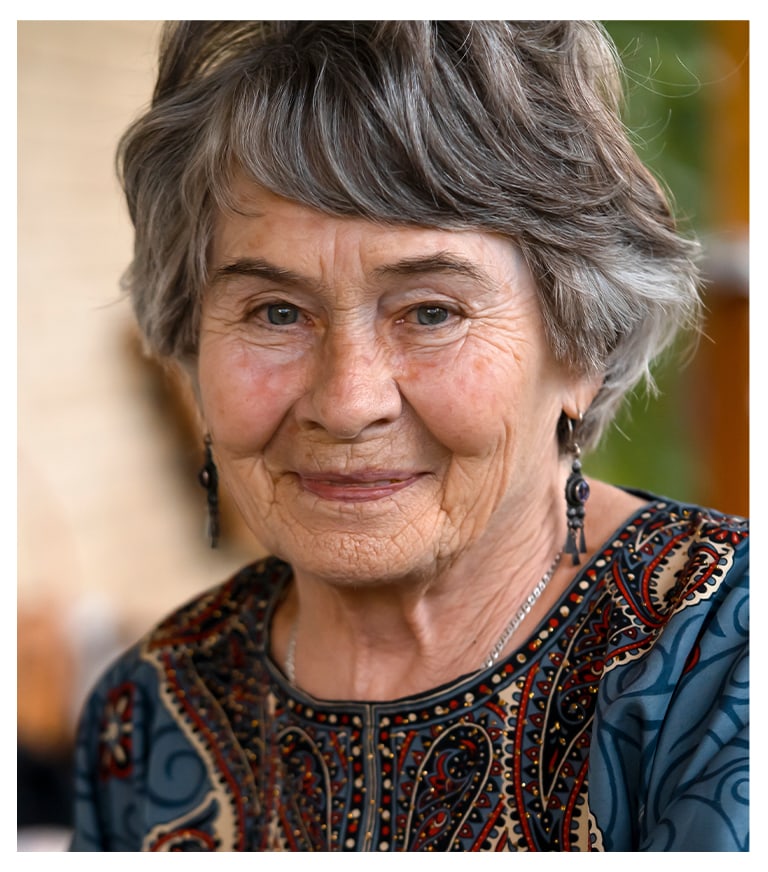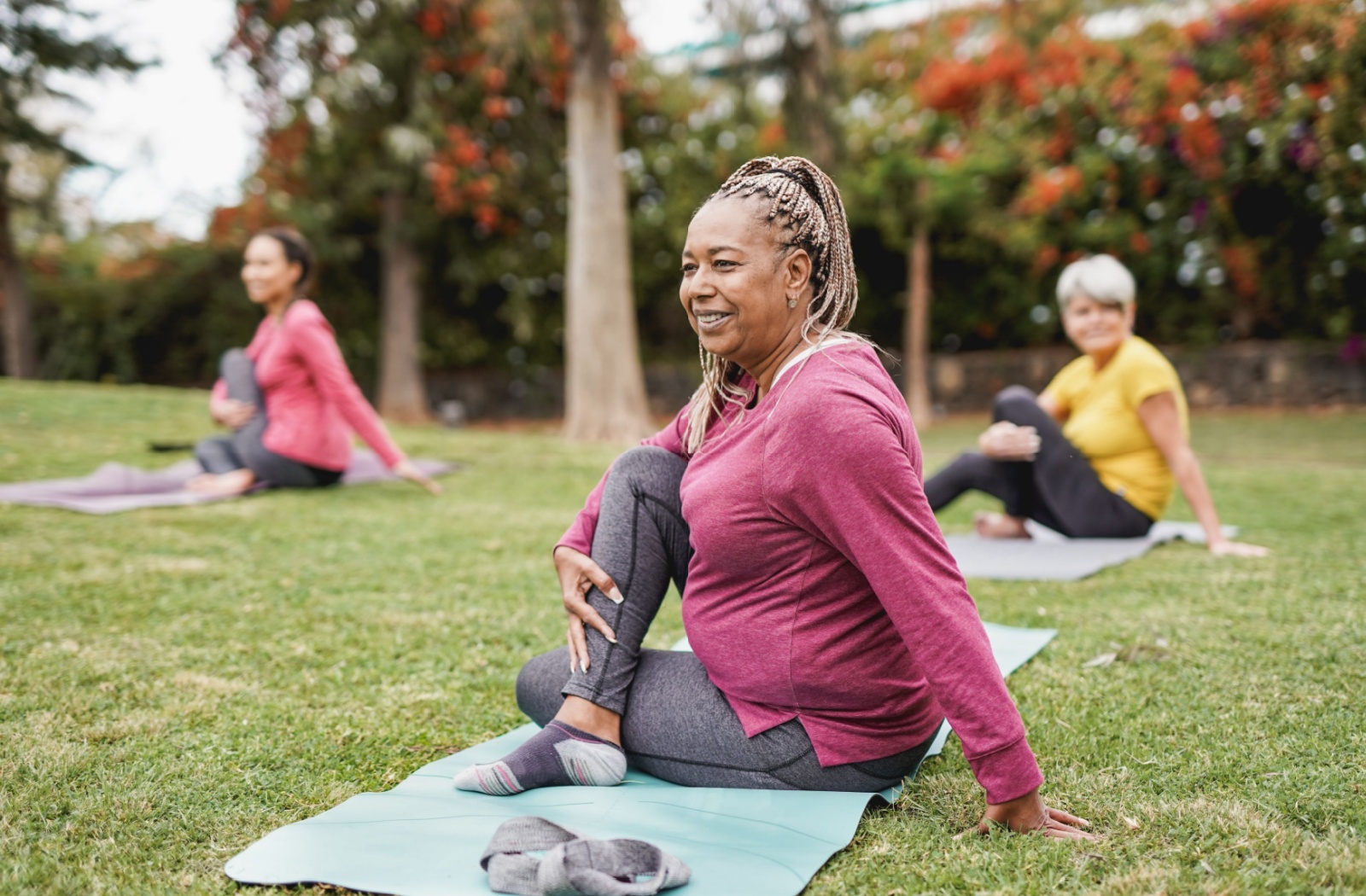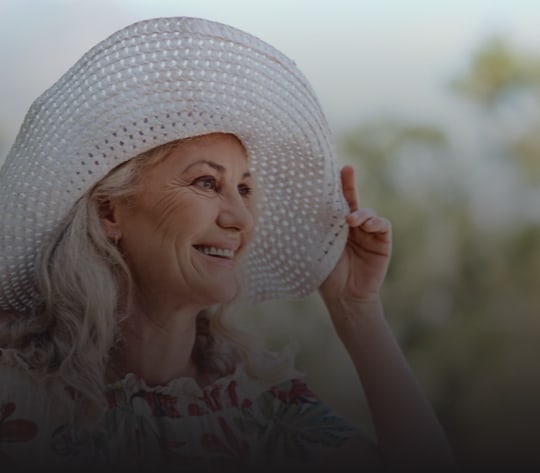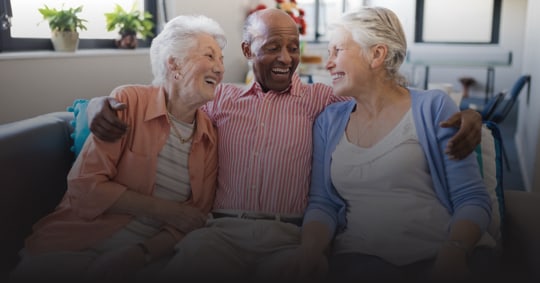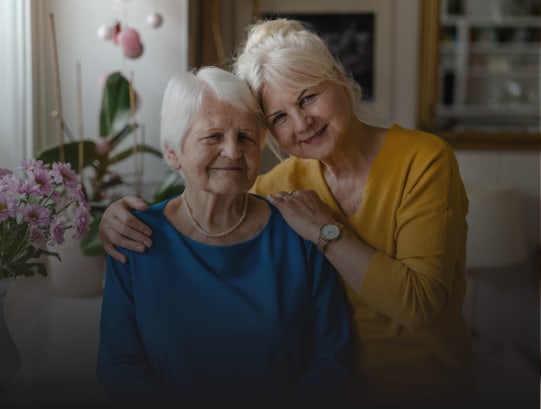Yoga is more than just a trendy workout. It’s a practice that has stood the test of time, benefiting people of all ages for centuries. Seniors increasingly turn to yoga to stay active and improve their overall well-being. The health benefits of doing yoga as a senior include:
- Improved flexibility and balance
- Reduced stress and improved mental well-being
- Pain management for arthritis and other age-related conditions
Gentle yet effective, yoga offers a holistic approach to health that addresses both the body and mind. It can be an incredible tool whether you’re looking to age gracefully, manage chronic aches, or simply find peace in the chaos.
Even though it’s generally considered a low-impact and safe exercise, you should discuss it with your healthcare provider before starting any new physical activity.
The Health Benefits of Yoga for Seniors
There are several health benefits that yoga can provide older adults.
Improved Flexibility & Balance
One of the most noticeable benefits of yoga is how it helps improve flexibility and balance, areas where many seniors face challenges as they age. Tight muscles and decreased range of motion can make everyday activities like bending to tie a shoe or reaching for a cup increasingly difficult.
Yoga’s gentle stretches allow you to gradually lengthen and strengthen muscles, improving mobility without placing undue strain on the body. Poses like the cat-cow stretch or the downward dog can help loosen stiff joints, particularly in the hips, shoulders, and back.
Balance-related poses, such as tree pose or warrior III, are crucial in building core strength. Maintaining your balance is more than simply preventing falls. It also boosts overall confidence in day-to-day movement. Studies suggest that consistent practice of balance-focused yoga reduces fall risk, a common concern for seniors.
Reduced Stress & Improved Mental Well-Being
Life can bring its fair share of challenges, from health concerns to shifting social circles or significant life changes. Yoga provides a powerful antidote to emotional overwhelm.
Breath-focused practices like pranayama and mindfulness-based approaches in yoga can calm the nervous system, reduce the production of stress hormones, and anchor you in the present moment. Research shows that yoga can lower cortisol levels and help regulate mood.
Additionally, yoga encourages mental clarity and emotional grounding. Many seniors report feeling rejuvenated and less anxious after a session. For those who face depression or loneliness, the sense of connection fostered in group yoga classes can provide a sense of belonging and joy.

Pain Management for Arthritis & Other Age-Related Conditions
Chronic pain, particularly from arthritis, is a reality for many seniors. Yoga offers a safe, non-invasive method for managing pain and reducing discomfort associated with age-related conditions.
Gentle joint movements and poses tailored to individual needs can help soothe inflammation, ease stiffness, and improve circulation. For example, practices like seated neck stretch can help alleviate tension built up in the neck and shoulders, while bridge pose can support lower back health.
Scientific studies back this up because the evidence suggests regular yoga can increase functional mobility and reduce pain in people with osteoarthritis and rheumatoid arthritis. The key is yoga’s low-impact, adaptive nature, which makes it accessible to bodies with varying limitations.
Tips for Seniors Starting Yoga
If you’re new to yoga, starting can feel intimidating—but it doesn’t have to be. Follow these tips to step into your practice with confidence and ease.
Choose the Right Style of Yoga
There are many types of yoga, so it’s essential to select one that suits your needs. Gentle yoga or chair yoga are excellent options for beginners or those with limited mobility. Hatha yoga, which focuses on slower-paced poses, is another great choice.
Start Slow & Listen to Your Body
The beauty of yoga lies in its adaptability. You don’t need to be flexible or perfect in your poses. Begin with shorter sessions and focus on your range of motion instead of depth. Progress naturally without pushing your body beyond its limits.
Use Props
Props like yoga blocks, bolsters, straps, and chairs can make poses safer and more accessible. These tools allow you to enjoy the benefits of challenging asanas without overexerting yourself.
Find a Qualified Instructor
Look for instructors experienced in teaching yoga for seniors. Many local studios, gyms, or community centers offer age-friendly classes tailored to your pace. Online classes specifically designed for seniors are also widely available.
Create a Dedicated Space for Your Practice
Designate a calm, quiet corner in your home for your yoga practice. A comfortable mat, proper lighting, and some soothing music make it a space you look forward to visiting daily.
Stay Consistent
Consistency is key to reaping yoga’s full benefits. Even dedicating 15–20 minutes a few times a week can significantly impact your health and well-being.
Experience the Transformative Power of Yoga
Yoga isn’t just about physical poses. It’s a holistic practice that nurtures the body, mind, and spirit. Whether you’re looking to improve your flexibility, ease chronic pain, or find a moment of peace, yoga has something profound to offer.
Your health and happiness deserve the attention yoga and staying physically active offers. Contact our team at Heritage Place Senior Living today and book a community tour. Explore how our team can help you or your loved one continue with a lifestyle that includes physical activity that matches your abilities and preferences.
